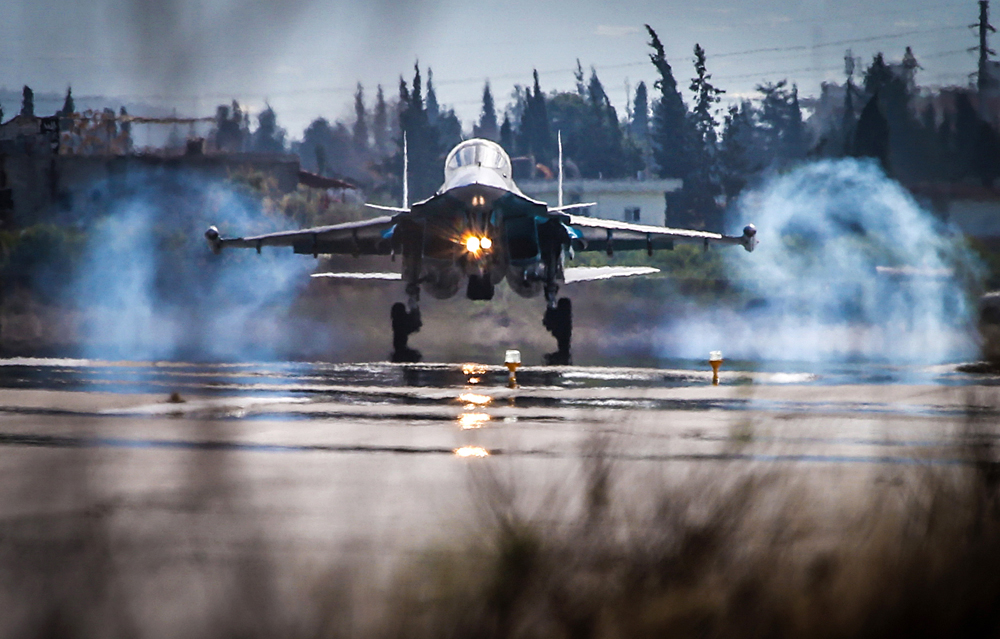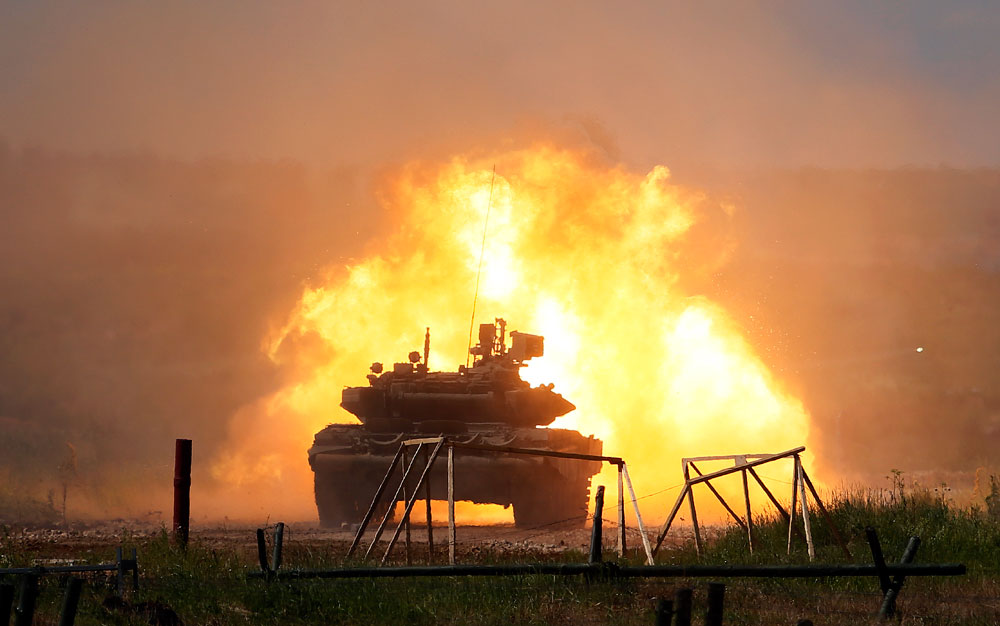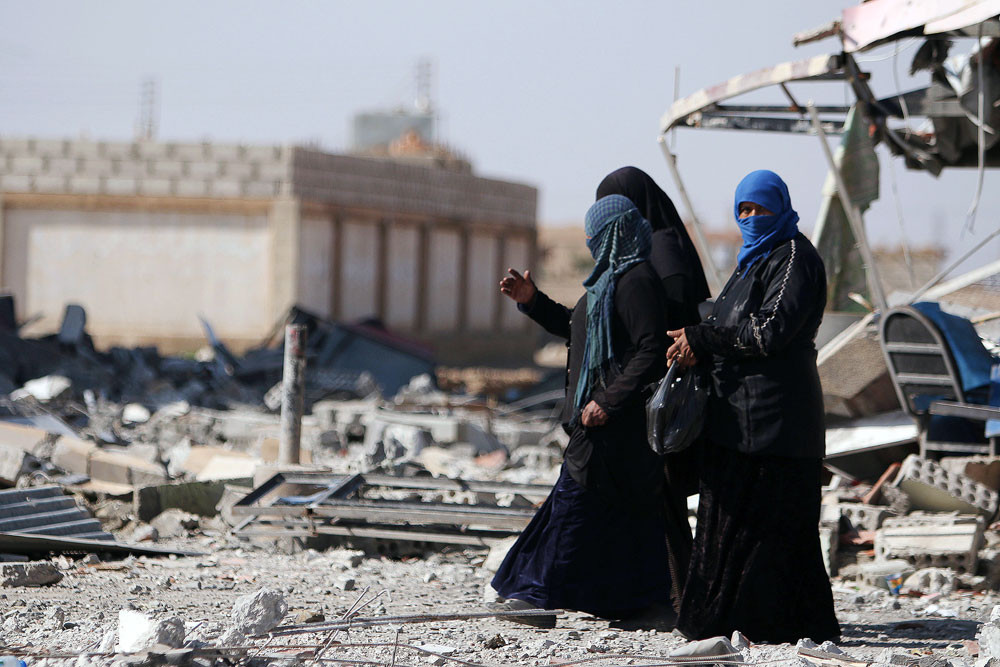Leaked NATO report praises ‘professionalism’ of Russia’s air force in Syria

A Sukhoi Su-34 strike fighter landing at the Khmeymim airbase.
Valery Sharifulin/TASSA number of Russian publications have referred to a leaked NATO document that allegedly acknowledged the “efficiency” and “professionalism” of Russia’s aerospace forces in Syria.
The news outlets cited Focus, a conservative German magazine, which published a report after obtaining the classified NATO file on March 5.
The document reportedly demonstrates NATO officials’ respect for the capacity of the Russian aerospace forces operating in Syria.
“Forty Russian jets fly up to 75 missions per twenty-four hours, every day conducting strikes aimed at ISIS,” the Russian business daily Kommersant cited the German source as saying.
Technology plus intelligence
Compared to NATO’s contingent in Syria, the number of Russian warplanes operating in the country appears insignificant. NATO has 180 jets in Syria but strikes only 20 targets per day, according to Kommersant.
The leaked report revealed that the total number of NATO airstrikes has amounted to a small fraction of the bombings carried out by Russia in spite of the quantitative superiority the Alliance has over Russia in Syria.
Russian media claim that the discrepancy is due to the alleged technological superiority of Russian jets and accurate intelligence.
“Moscow has dispatched four Su-35 jets that [technologically] surpass most of the Western-produced warplanes,” wrote online Russian news publication Vzglyad. The frequency with which Russian planes embark on missions is reported to be higher than that of NATO, too.
Some Russian publications highlighted the effectiveness of intelligence work Russia is carrying out in cooperation with Syrian President Bashar al-Assad’s intelligence forces.
Vzglyad writes, citing the NATO report, that for its military coordination, “Moscow uses information obtained by the Syrian air intelligence forces and data collected by Russian secret services that regularly inform it about strategically important targets.”
Focus, the German outlet that first published the NATO report, said nothing about the alleged bombings of civilian sites, including hospitals, by the Russian aerospace forces. Whether or not the leaked report contained this information remains unclear.
Military buildup
Last week, Russia transferred additional military systems to Syria to monitor the ceasefire regime.
“In the past three days, the Russian Ministry of Defense … has stationed at the Khmeimim airbase three additional modern unmanned aerial vehicle (UAV) complexes [and] two radar stations for small-target detection … to detect use of artillery by terrorist groups,” the TASS news agency cited the Russian Ministry of Defense as saying.
Russia has used its UAVs and a system of satellites to check whether the ceasefire regime is being complied with by all sides, according to the Ministry of Defense. The Russian military contingent in Syria also receives additional intelligence from Assad’s air force, according to TASS.
Washington plans to reinforce its contingent in Syria too. The U.S. has moved to replace the B-1 Lancer aircraft currently bombing targets in Iraq and Syria with an undisclosed number of B-52 bombers, which have a longer range and can fly over the battlefield for as long as 10 hours, reported Fox News.
Although both Russia and the U.S. have attempted to boost their military capability in the region, it does not appear the two countries are competing in an arms race.
Both Washington and Moscow refer to ISIS as the primary reason for the deployment of additional military equipment to Iraq and Syria.
Subscribe to get the hand picked best stories every week
All rights reserved by Rossiyskaya Gazeta.
Subscribe
to our newsletter!
Get the week's best stories straight to your inbox

